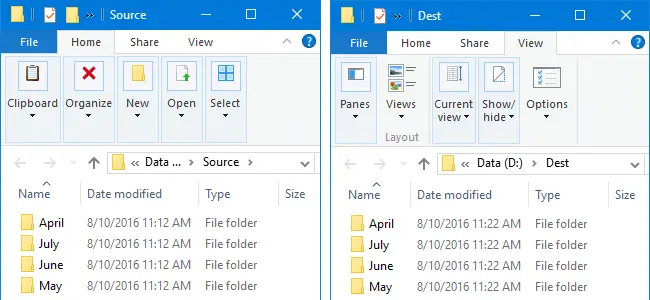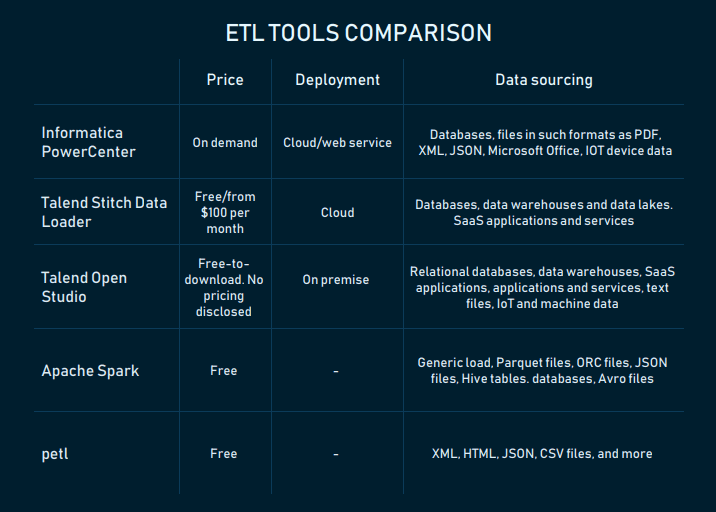

It is not a collection of strings it is a data structure.

You need to use Import-Csv and set the correct properties.
#Csv file comparison tool free download how to
Please take the time to read teh compare-object docs as they will tell ypou how to use this. Here are the results I get from my test: PS C:\WINDOWS\system32> Compare-Object -ReferenceObject $(gc C:\users\Me\desktop\Test\StudentRoster.csv) -DifferenceObject $(gc C:\users\Me\desktop\Test\ActiveDirectory.csv)
#Csv file comparison tool free download code
If I have to, I can code the rest in VBS using FSO, but I'd rather learn to do it start to finish with PowerShell. Something worth mentioning, the CSVs are the same object type, so Import-CSV is not necessary in this instance. Thanks for your response, I'll look into your recommendation on help compare-object -online. Rich Matheisen MCSE&I, Exchange Ex-MVP (16 years) If the other data are important, use the '-PassThru' switch on Compare-Object to PSCustomObjects. and use the "SideIndicator" to get a set of 'Student ID' values if the 'First Name' and 'Last Name' aren't needed. $AD = Import-Csv c:\junk\ActiveDirectory.csvĬompare-Object -ReferenceObject $Roster -DifferenceObject $AD -Property 'Student ID'

You could also do this (twice): $Roster = Import-CSV c:\Junk\StudentRoster.csv } | Export-CSV c:\junk\NewUsers.csv -NoTypeInformation } | Export-CSV c:\junk\DisableUsers.csv -NoTypeInformation $AD = Import-Csv c:\junk\ActiveDirectory.csv | Group-Object -AsHashTable -AsString -Property 'Student | # avoids annoying 'Collection was modified enumeration operation may not execute.' Is that correct?Īt the risk of my being scolded, try this: $Roster = Import-CSV c:\Junk\StudentRoster.csv | Group-Object -AsHashTable -AsString -Property 'Student ID' Reducing the explanation of your requirements, you're looking to remove the 'Student ID' values that exist in both files and produce two new files that contain unique 'Student ID' values. Compare-Object -ReferenceObject $(gc C:\users\Me\desktop\Test\StudentRoster.csv) -DifferenceObject $(gc C:\users\Me\desktop\Test\ActiveDirectory.csv) | Export-Csv C:\users\Me\desktop\test\export.csv I'm using the below code, but I'm not sure how to tell it to flag and export the user as either create/disable using the SideIndicator. Users on this list will be disabled in AD. I will use this list to create users in AD.ĪctiveDirectory.csv - I need to see a list/export of Students in this file that are not in the StudentRoster.csv. StudentRoster.csv (reference file) - I need to see a list/export of Students from this file that are not in the ActiveDirectory.csv. I need to use the Student ID header for the comparison since that is the only common and unique attribute shared on the accounts. I'm needing a little help creating a powershell script that will compare two csv files, and identify the differences specific to each file. This will be used for Active Directory user management, and will either create or disable accounts based on which


 0 kommentar(er)
0 kommentar(er)
